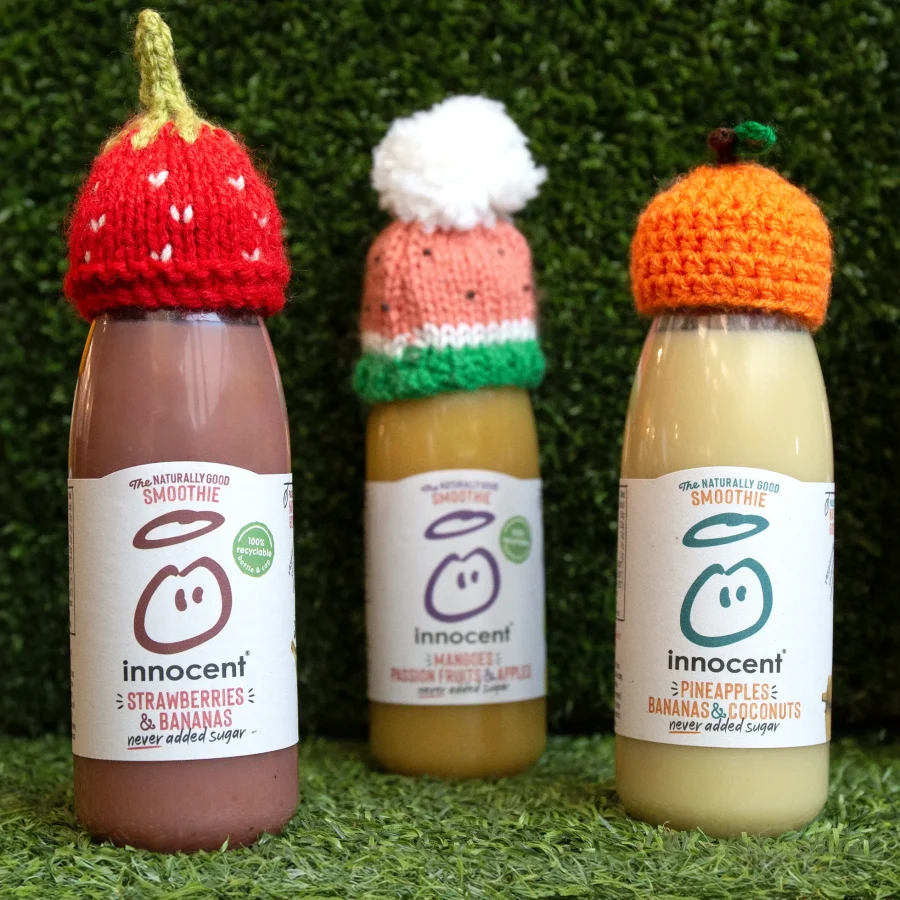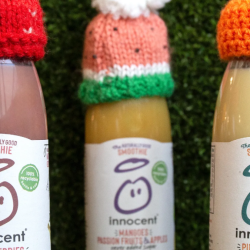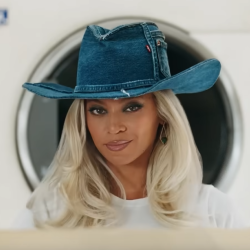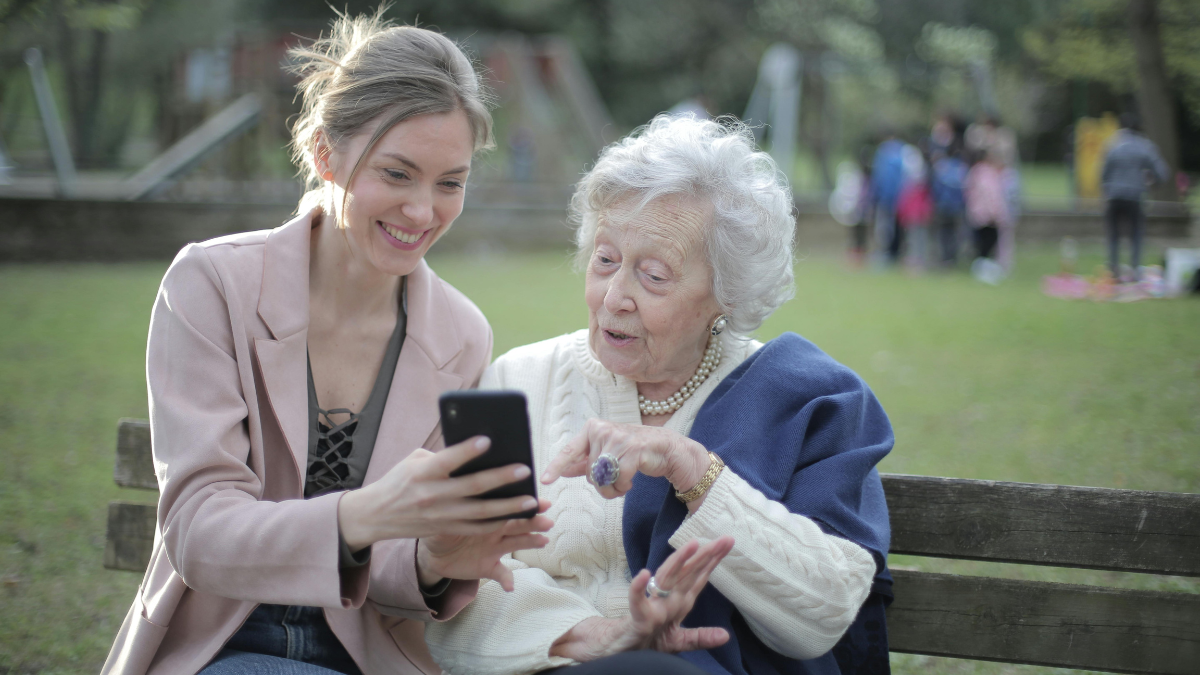Sustainability and values-based marketing is becoming an increasingly perilous endeavour for brands. On the one hand, you have legislators (in Europe, in particular) and a growing base of consumers from young to old demanding brands demonstrate a commitment to environmental and social causes. And on the other, the right-wing showing in the US Presidential election confirmed that a significant proportion of populations has had it with anything they deem ‘woke’.
‘Ignore the haters and do what you think is right,’ you might say. But many mass-market brands simply can’t afford to alienate substantial sections of their audience. Fortunately, it’s still possible to create marketing that does good in the world, without people boycotting your products — or destroying them with an M134 mini gun.
I see three approaches to bridging the values divide: the Merchant, the Motivator and the Muse.
The Merchant: translating values into value for customers
Lots of people worry more about the end of the month than the end of the world. As a brand, how can you use sustainability to make things more affordable, convenient or appealing? Delivery service Skip The Dishes got it right on price with its Inflation Cookbook, an app that tracks price drops on food items, and then suggests recipes people can make with those ingredients. Or take Scandinavian supermarket chain Coop, which championed organic produce, not by talking about the climate, but by showing people how many pesticides and insecticides there are in conventional foods. Coop brings quality alive and puts your health in focus. Worth paying extra for, right?
Similarly, when Uber started advertising train tickets in the UK, it didn’t tell people to go green, it just reminded them that it’s just as convenient as ride-sharing: Trains, now on Uber.
The Motivator: turning people into heroes
I believe that most activism fails because the brand frames itself as the activist. Instead, think about how you can turn customers into activists. Use people’s dreams, aspirations or fears to build your brand or campaign. In its commercials, second-hand market place app Vinted dramatises overconsumption of fashion to motivate people to sell clothes on its platform. Vinted empowers people to act and makes them feel good about themselves. Who can you help people become?
The Muse: Sharing a little love
Nothing is more disarming than love. It’s not a tactic often used by brands, but I see this as an emerging trend. When faced with an environment of anger, hate or division, simply turn the other cheek and share a little love. Take Innocent drink’s Big Knit (below) as an example. Every year, the juice and smoothie maker encourages people to knit hats to fit over the tops of its bottles in support of the Age UK charity. Those little woolly hats can’t help but bring a smile to people’s faces.

Remember…
Most brands are meaningless, and people wouldn’t even bother to shoot or save them. The world’s most valuable brands aren’t just built by a heavy investment in brand and advertising; they know what role they play in their customers’ lives.
Featured image: Innocent ‘big knit’

































